
Navigating the modern automotive market presents a complex landscape for consumers, filled with a myriad of choices and compelling marketing messages. Ford, with its rich heritage and extensive lineup, frequently stands out as a top consideration for many prospective car buyers. The brand has cultivated a powerful image of durability and American engineering, appealing to a diverse audience seeking everything from robust work trucks to family-friendly SUVs. Yet, as with any significant investment, a thorough, objective assessment is paramount before making a final decision.
This article, presented in the spirit of detailed consumer analysis, aims to provide a critical look at some of the recurring issues and potential drawbacks associated with Ford vehicles. Our goal is to empower you, the consumer, with well-researched, evidence-based information, highlighting specific areas where Ford models may fall short of expectations. By examining these factors, we hope to offer a balanced perspective that goes beyond initial impressions, enabling you to make a truly informed purchasing decision that aligns with your long-term needs and priorities.
We delve into various facets of Ford ownership, from fundamental reliability concerns to the intricacies of technological offerings and overall cost implications. Our analysis draws directly from reported issues and criticisms within the automotive industry, focusing on data and expert observations to provide an unbiased assessment. Understanding these potential challenges is crucial, ensuring that your next vehicle purchase is one you approach with full awareness and confidence, rather than one leading to unforeseen frustrations down the road.
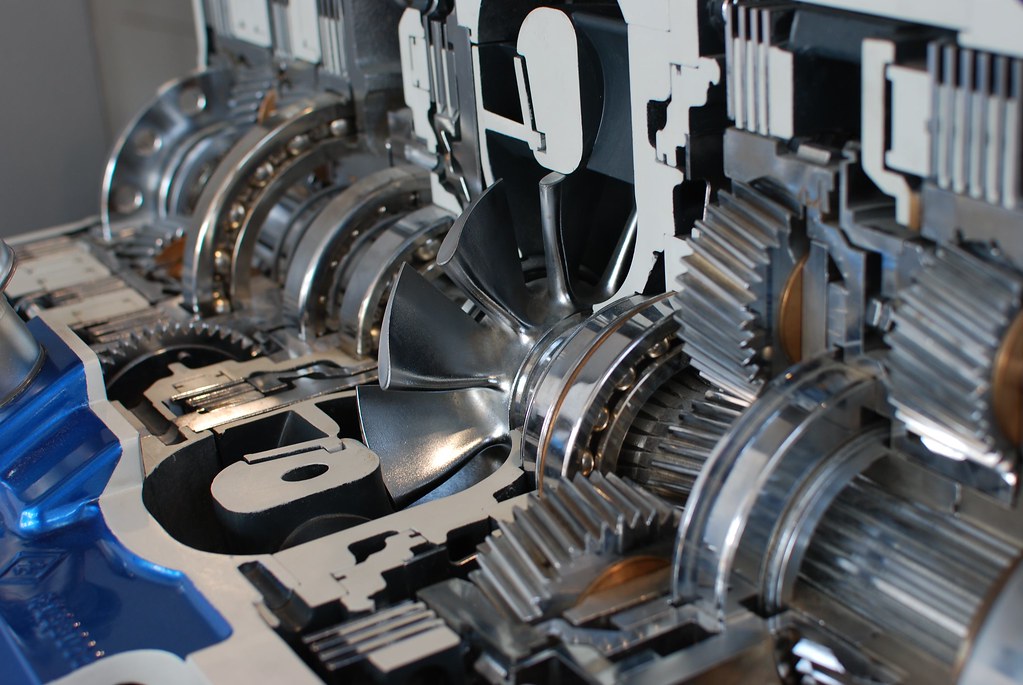
1. **Reliability Concerns and Transmission Troubles**A vehicle’s reliability is paramount, profoundly influencing an owner’s satisfaction and financial outlay. Ford has faced consistent criticism regarding its “reliability across several models,” earning a “hit-or-miss” reputation that often gives prospective buyers pause. This inconsistency spans mechanical issues and problematic electronic systems, impacting long-term dependability and often leading to unexpected expenses.
Among the most significant and widely documented issues are Ford’s persistent transmission troubles. The PowerShift dual-clutch automatic transmission in Focus and Fiesta models (2011-2016) garnered substantial negative attention. Owners reported “shuddering, slipping, and outright failure,” leading to class-action lawsuits and considerable customer dissatisfaction. Repairs were costly and often lacked permanent solutions. Even recent models like the F-150 have seen reports of “rough shifting and hesitation” in their 10-speed automatic transmissions.
Further contributing to reliability concerns are “Electrical Gremlins” affecting various Ford models. Malfunctioning sensors or issues with power windows, door locks, or backup cameras are reported in models like the Edge, Escape, and Fusion. These problems are inconvenient and costly. Coupled with “Issues with Sync System Reliability”—where infotainment screens freeze, lag, or completely stop working—it underscores a broader concern about Ford’s complex electronic systems, impacting overall long-term durability.
Read more about: Why Are EV Owners Ditching Their Electric Dreams? 15 Reasons Why Some Are Switching Back to Gas Cars
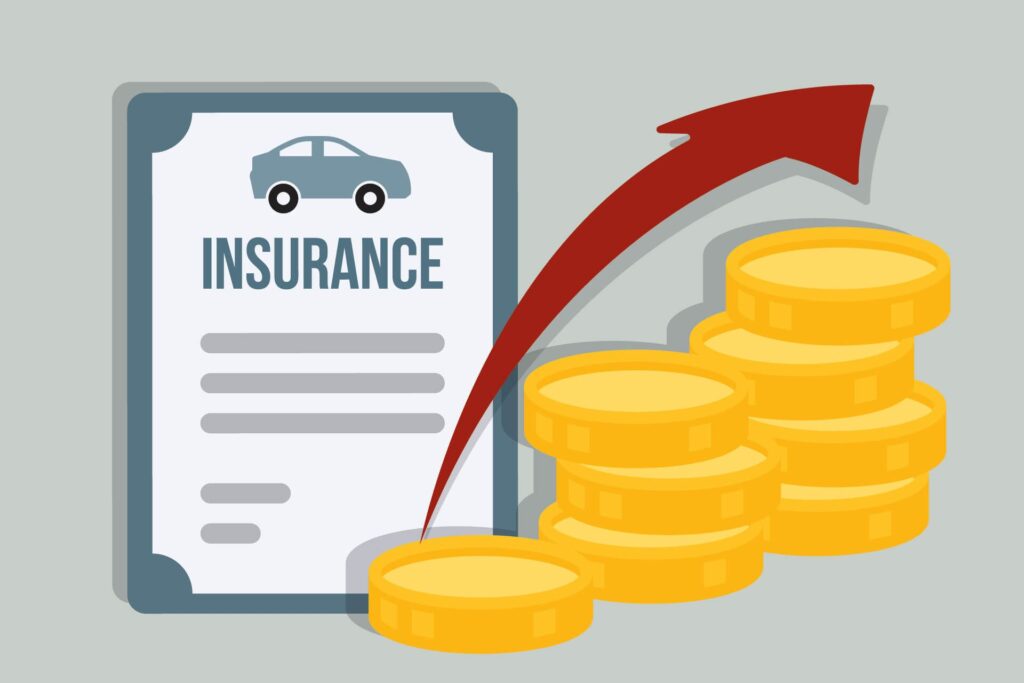
2. **High Cost of Ownership and Expensive Repairs**Beyond the initial purchase price, a vehicle’s true cost extends into ongoing expenses. For many Ford models, this “High Cost of Ownership” can be a significant economic burden. Fords often carry “a steeper price tag than their competitors, both in terms of purchase price and ongoing expenses,” a crucial consideration for long-term automotive budgeting.
Maintenance and repair costs represent a substantial portion of these elevated expenses. Ford parts are often not inexpensive, and specialized labor can be notably higher. For instance, the F-150 “can be costly to repair due to its aluminum body panels, which require specialized equipment and training to fix.” Turbocharged EcoBoost engines, while efficient, can lead to “high repair bills and nagging maintenance problems” if complex issues arise.
Moreover, insurance premiums for specific Ford models can be higher compared to similar vehicles from other manufacturers. Factors such as repair costs, theft rates, and safety ratings influence these premiums. High-performance Mustangs, for example, often face elevated insurance costs, as do certain Ford truck models due to their size and potential for greater accident damage, impacting overall economic viability.
Read more about: 11 SUVs That Promise Adventure But Deliver Owners Immediate Regret
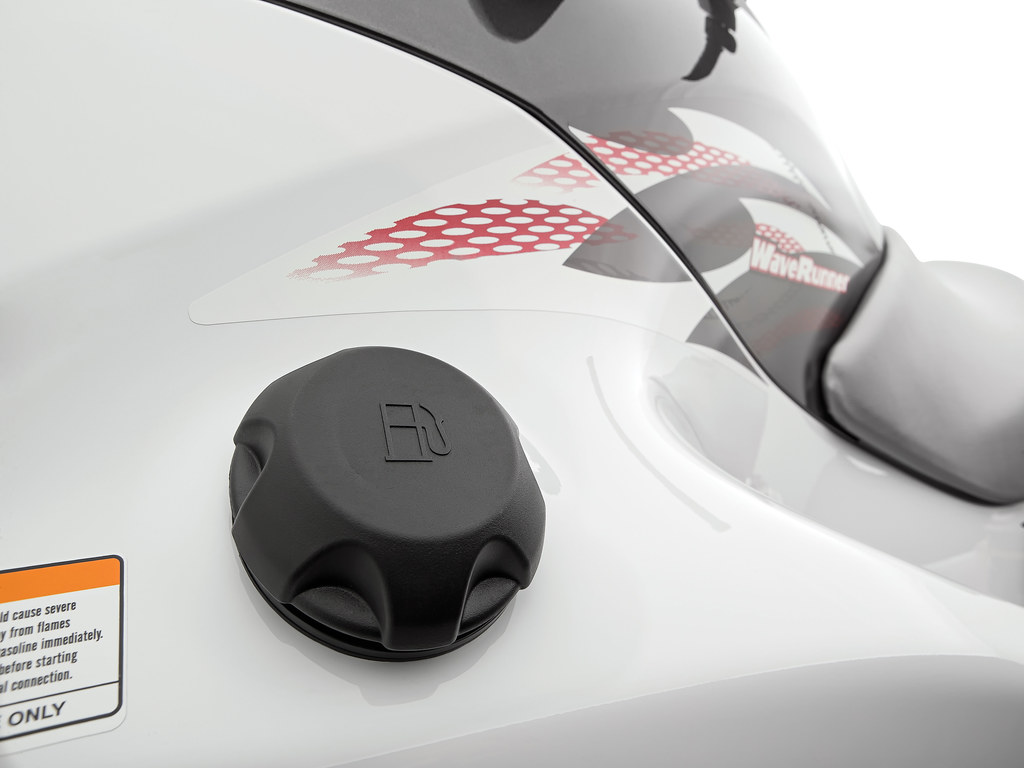
3. **Subpar Fuel Efficiency**In today’s automotive landscape, fuel efficiency is a leading criterion for many consumers, given volatile fuel prices and growing environmental concerns. While Ford has made advancements, “many of their models still lag behind competitors in this crucial area,” creating a notable disadvantage. This deficiency is particularly pronounced within Ford’s popular truck and SUV segments, where real-world fuel consumption often falls short of rival offerings, directly impacting running costs.
The Ford F-150 Raptor, celebrated for its power and off-road capabilities, regrettably “falls short in fuel economy compared to other trucks in its class, with an EPA-estimated 16 mpg combined.” For owners who depend on their trucks for regular use, this translates into significantly higher operational expenses over the vehicle’s lifespan. While powerful performance often entails a trade-off, the figures for certain Ford models can be notably less competitive.
Similarly, the Ford Explorer, a prominent contender in the fiercely competitive SUV market, “lags behind competitors in fuel efficiency, with some models averaging around 20 mpg combined.” This is a significant drawback when positioned against rivals like the Honda Pilot or Toyota Highlander, which frequently boast more favorable MPG ratings. Even in smaller segments, the Ford Escape’s fuel efficiency is often “not class-leading.” This consistent “lack of fuel efficiency can lead to higher running costs over the vehicle’s lifetime,” making Ford vehicles less appealing to cost-conscious consumers.
Read more about: Car Expert Insights: 12 Luxury Cars That Don’t Deliver on Their Premium Promise and Why You Should Avoid Them

4. **Poor Resale Value and Depreciation**A crucial element of a vehicle’s overall financial value is its ability to retain its worth over time, directly influencing the total cost of ownership. In this regard, “Ford vehicles often suffer from poor resale value compared to rivals,” a factor that can result in greater financial losses for owners when they eventually decide to sell or trade in their vehicle. This accelerated depreciation is a widely recognized trend, meticulously tracked by prominent automotive research firms, indicating a systemic issue.
According to authoritative sources such as Kelley Blue Book and Edmunds, “Ford cars and trucks tend to depreciate faster than comparable models from competing brands.” This signifies that despite an initial competitive purchase price, a Ford’s value typically erodes more quickly than, for example, a Toyota or Honda of similar age and condition. This information is particularly pertinent for consumers who view their vehicle as a significant asset that should maintain a reasonable portion of its initial investment.
Empirical evidence substantiates this trend. A “three-year-old Ford Fusion may retain significantly less value than a Toyota Camry or Honda Accord of the same age and condition.” Such a considerable difference in retained value can amount to thousands of dollars in lost equity for Ford owners. Further data from iSeeCars.com revealed that “several Ford models, including the Fiesta, Fusion, and Taurus, experienced above-average depreciation rates, with some depreciating by over 50% within five years.” This aggressive rate means an owner could lose over half their original investment in just five years, making Ford often less advantageous in this financial metric.
Read more about: Car Expert Insights: 12 Luxury Cars That Don’t Deliver on Their Premium Promise and Why You Should Avoid Them
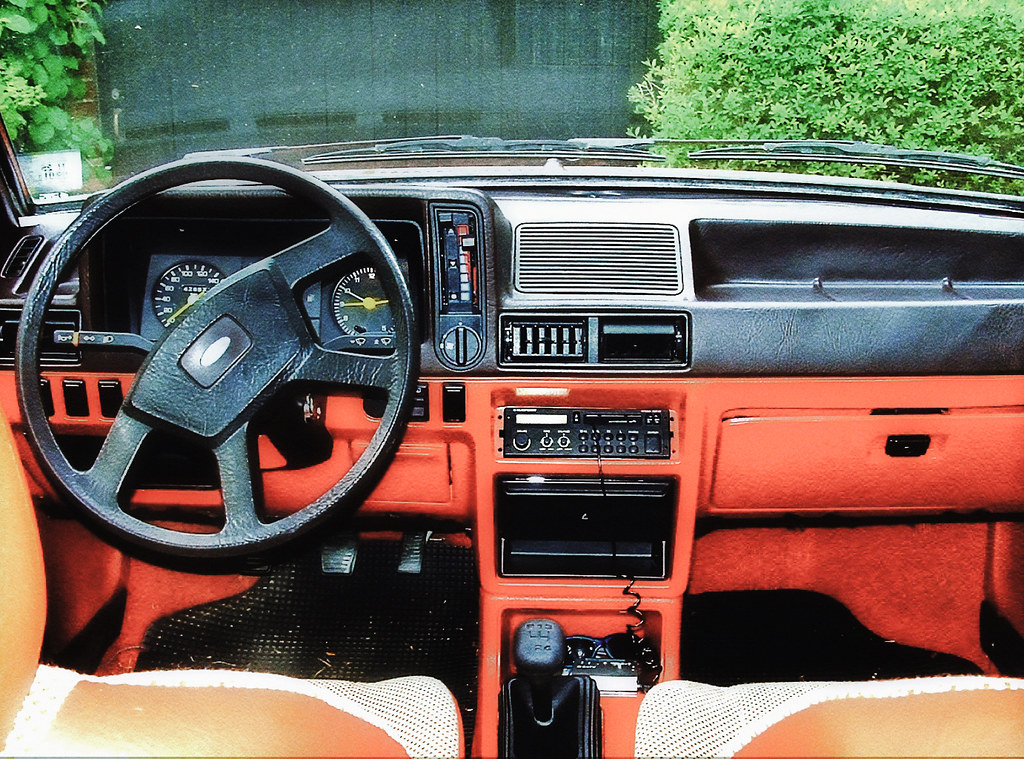
5. **Questionable Build Quality and Interior Materials**The holistic quality of a vehicle is not solely defined by its mechanical prowess but equally by the tangible feel of its construction and the user experience within its cabin. In this regard, a number of Ford vehicles have been observed to possess “questionable build quality” and “lackluster interior quality,” frequently characterized by a feeling of being cheaply made or lacking the refinement found in competitive models. This perception can significantly diminish the overall ownership experience, leaving buyers with concerns about the long-term integrity and comfort of their investment.
Reports detailing “inconsistent craftsmanship, with trim pieces rattling or paint jobs that leave much to be desired,” are not uncommon among certain Ford models. Even seemingly minor fit-and-finish issues can collectively create an impression of insufficient attention to detail, leading to frustration for owners. While Ford vehicles generally deliver on performance, “a few trips to the dealership for squeaks and rattles might take the shine off your driving experience,” indicating that overall refinement does not consistently meet premium expectations across the entire product line.
The criticism of “lackluster interior quality” is particularly widespread. Specific models like the Ford Fiesta and Focus have been cited for their “extensive use of hard plastics and subpar materials throughout the cabin, resulting in a less premium feel.” This stands in sharp contrast to many rivals that prioritize soft-touch surfaces, sophisticated textures, and contemporary design elements. Reviews of the Ford Escape have also pointed to “issues with outdated design elements and inferior materials, detracting from the overall comfort and aesthetics of the interior.” Furthermore, “uncomfortable seats and interiors,” noted in models like the Escape and EcoSport, where “Long drives in these vehicles can be a literal pain,” necessitate thorough in-person evaluation.
Read more about: Car Expert Insights: 12 Luxury Cars That Don’t Deliver on Their Premium Promise and Why You Should Avoid Them
6. **Infotainment System and Technology Limitations**In the modern automotive landscape, a vehicle’s infotainment system and its broader technological suite are almost as crucial to the consumer experience as its traditional mechanical attributes. However, Ford’s performance in this high-tech arena has been consistently characterized as a “mixed bag,” with many drivers perceiving its systems as “inferior” or “clunky” when compared to the more advanced and intuitive offerings of key competitors. This often results in a less seamless and more frustrating user experience, fostering the impression that Ford’s cabins can sometimes feel technologically “stuck in the past.”
The issues frequently coalesce around Ford’s SYNC infotainment system. Although it has undergone various iterations and improvements, earlier versions were widely criticized for being “slow, glitchy, and frustrating to use.” Even contemporary models can exhibit problematic characteristics, including “unresponsive touchscreens,” unreliable voice commands, and recurring “Bluetooth connectivity headaches.” Critical software “updates are often slow to roll out,” leaving owners with prolonged exposure to unresolved bugs and an outdated user interface.
Beyond the operational glitches of the SYNC system, Ford has also drawn criticism for “Limited Technology Features” across its product line. A notable example is the Mustang Mach-E, a pivotal electric vehicle, which “lacked a crucial over-the-air update feature at launch, limiting its ability to receive software improvements remotely—a standard feature in many electric vehicles.” This significant omission placed Ford at a distinct disadvantage compared to rivals like Tesla, which have effectively leveraged OTA updates for continuous enhancements.
Compared to leading competitors, Ford’s overarching technological offerings can appear less innovative and cutting-edge. The perceived absence of “fully digital instrument clusters, augmented reality navigation, and advanced driver-assistance systems in some Ford models” is seen as “not a good look for the company.” While competitors offer highly intuitive interfaces and advanced autonomous driving technologies, Ford’s pace of innovation in these sophisticated domains can often seem to lag. This disparity can be a considerable drawback for tech-savvy buyers, suggesting that the overall digital ecosystem within a Ford can feel like a compromise rather than a competitive advantage.
Read more about: Car Expert Insights: 12 Luxury Cars That Don’t Deliver on Their Premium Promise and Why You Should Avoid Them
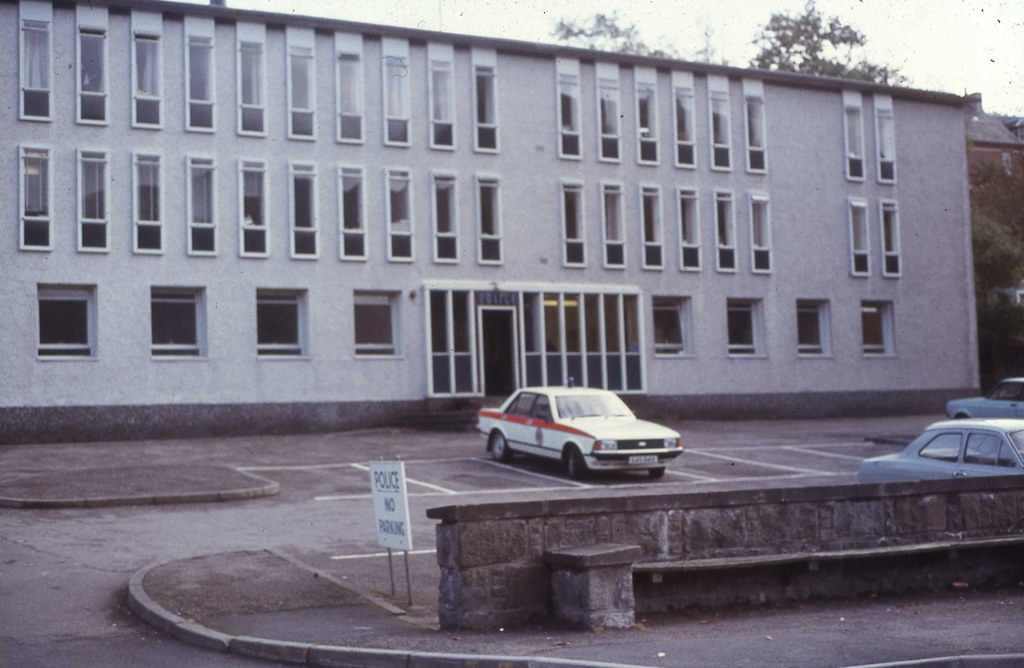
7. **Frequent Recalls**Ford has, unfortunately, accumulated a significant record of recalls over the years, affecting a wide array of models across its diverse lineup. These recalls are not just minor inconveniences; they can raise substantial concerns about the overall quality, safety, and reliability of Ford vehicles in the minds of consumers. While recalls are a part of the automotive industry for all manufacturers, the sheer volume and critical nature of some of Ford’s recalls have been a notable point of contention for owners.
Prominent examples include issues affecting Ford’s bestselling vehicle, the F-150, which has seen recalls for serious problems such as unexpected downshifting and engine stalling, creating potentially dangerous driving situations. Even newer, high-profile models like the Mustang Mach-E have not been immune, facing recalls for potential loss of power, a critical concern for any electric vehicle owner. Such incidents can severely impact consumer confidence, as drivers rely on their vehicles for consistent and safe operation.
Beyond powertrain concerns, other Ford models, including the Explorer, Escape, and Mustang, have been subject to safety-related recalls. These have encompassed critical components such as faulty airbags, fire risks, and power steering failures, which directly compromise occupant safety. The widespread Takata airbag recall, which affected millions of Ford vehicles, serves as a stark reminder of the potential safety hazards that can arise, prompting serious alarms among vehicle owners and safety agencies alike.
Addressing these frequent recalls requires owners to take their vehicles to dealerships for necessary repairs, consuming valuable time and effort. This ongoing need for recall-related service appointments, coupled with underlying concerns about long-term reliability, can lead to frustration and potentially impact a vehicle’s resale value. For prospective buyers, the extensive recall history for various Ford models might be a strong incentive to consider brands with a demonstrably cleaner record, seeking greater peace of mind.
Read more about: Spill the Tea (But Not That One): 14 Drinks Customers Adore That Bartenders Secretly Can’t Stand Making

8. **Limited Driver Assistance Features in Lower Trim Levels**In today’s rapidly advancing automotive landscape, driver assistance features have transitioned from being luxurious add-ons to essential components for enhancing safety and convenience. Unfortunately, Ford’s approach to these crucial technologies often means they are reserved primarily for higher trim levels, leaving budget-conscious buyers with significantly fewer options when it comes to advanced safety and convenience systems. This tiered availability can be a notable disadvantage when comparing Ford’s offerings to those of its competitors.
Entry-level Ford trims frequently miss out on advanced driver assistance systems that are becoming standard or widely available across more of their rivals’ ranges. Features such as adaptive cruise control, which automatically adjusts vehicle speed to maintain a safe distance from the car ahead, are often absent. Similarly, lane-keeping assist, designed to help drivers stay within their lane, and automatic emergency braking, a critical technology for preventing or mitigating collisions, are frequently not included in more affordable Ford models.
This strategy can be a significant drawback for consumers who prioritize safety but also need to adhere to a budget. When looking for a vehicle that incorporates the latest in driver assistance technology without incurring the steep price tag associated with top-tier trims, a lower-trim Ford might not present the most compelling value. Many competitors now offer these foundational safety features as standard or as part of more accessible packages across a broader spectrum of their vehicle lineups.
The absence of these features at lower price points not only affects safety but also the overall driving experience, especially during long commutes or in heavy traffic where such systems significantly reduce driver fatigue and enhance situational awareness. For buyers seeking a modern vehicle with comprehensive safety provisions from the outset, Ford’s limited inclusion of these technologies in its basic trims necessitates a careful comparison with other manufacturers to ensure their needs are adequately met.
Read more about: The 10 Cheapest EVs of 2024: A CNET Deep Dive – Are These Affordable Electric Cars Worth Your Investment?
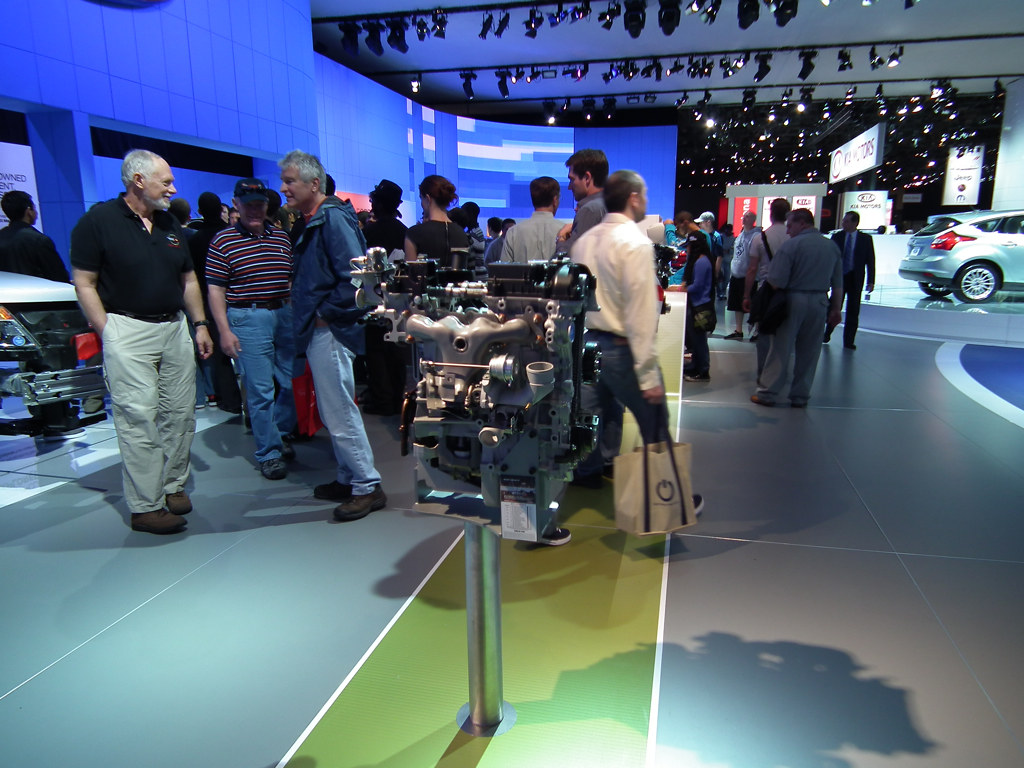
9. **Underpowered Engines and EcoBoost Limitations**There’s nothing quite as disappointing as a vehicle that feels sluggish and unresponsive when you expect it to perform, and some Ford models have unfortunately been criticized for this very issue. Particularly within their smaller vehicle segments, certain Ford models have been noted for having underpowered engines that struggle to deliver adequate acceleration and maintain highway speeds with confidence. This can be a significant letdown for drivers who desire a more responsive and spirited driving experience, leading to frustration during daily commutes or when attempting overtakes.
While Ford’s EcoBoost engines were introduced with the promise of better fuel efficiency and lower emissions, they have also come with their own set of performance and durability challenges. These smaller, turbocharged engines, while technically advanced, can be less durable when subjected to heavy loads or demanding driving conditions. This can potentially lead to unexpected performance hiccups and, more concerningly, a cycle of high repair bills and nagging maintenance problems, undermining their intended benefits.
The complex technology inherent in EcoBoost engines, while contributing to their efficiency, can also translate into more intricate and expensive repairs when issues arise. For instance, problems requiring specialized diagnostic tools or labor can quickly escalate the cost of ownership, making routine maintenance or unexpected fixes a considerable conundrum for an owner’s wallet. This complexity can be a deterrent for those who prioritize straightforward reliability and lower long-term maintenance costs.
Therefore, if a consumer is seeking a vehicle with a bit more ‘oomph’ under the hood or wishes to avoid potentially high costs associated with complex turbocharged engine maintenance, they might find that some Ford models, particularly those heavily relying on certain EcoBoost configurations, simply do not measure up to the competition in terms of sustained power, durability, and overall performance expectations. This requires careful consideration, especially for drivers who anticipate demanding use of their vehicle.

10. **Uninspiring Driving Dynamics**While Ford vehicles generally offer solid performance, the overall handling and driving dynamics may not universally satisfy every driver, particularly when compared to rivals known for more engaging experiences. Many automotive reviewers have criticized Ford’s approach in this area, noting that some models, especially their larger vehicles, can feel less agile and responsive than what some drivers prefer from a modern automobile. This often translates into a less connected and less exhilarating feel behind the wheel.
Specific models have drawn pointed criticism. The Ford Fiesta, for instance, has been noted for its numb steering and lackluster handling, failing to deliver the engaging driving experience often expected within its competitive class. Similarly, the Ford Fusion, while competent in many respects, has been described by some as uninspired, lacking the agility and responsiveness that can be found in key competitors that prioritize a more dynamic ride.
Even performance-oriented models like the Mustang, which has a storied history of delivering thrilling drives, have faced scrutiny from some enthusiasts regarding their handling dynamics. These critics have sometimes found the Mustang to be less precise and engaging compared to rival sports cars, indicating that even in segments where Ford aims for excitement, the execution might not always hit the mark for all discerning drivers.
For those who prioritize a vehicle that offers a truly connected and enjoyable driving experience, characterized by sharp steering, responsive chassis, and an overall sense of agility, Ford’s offerings may sometimes fall short. While they are capable and functional, the observations from many suggest that Ford vehicles may not consistently provide the same level of driving excitement and satisfaction that can be found across a broader range of models from other brands, making it crucial for potential buyers to conduct thorough test drives.
Read more about: 10 Cars That Seem Like a Steal But Are Really Money Pits Waiting to Happen

11. **Safety Concerns**Despite Ford’s inclusion of standard safety features across its lineup, safety concerns have unfortunately shadowed some of its models, raising important questions for potential buyers. It’s imperative for consumers to delve into the detailed safety ratings and recall histories before making a purchasing decision, as some Ford vehicles have been subject to significant scrutiny from safety agencies and consumer groups.
A notable instance involved the Ford Explorer, which faced considerable scrutiny for its rollover risk, leading to public investigations and subsequent recalls. Such issues underscore the importance of structural integrity and vehicle design in protecting occupants, and any history of elevated risk naturally becomes a critical consideration. These events highlight how even popular models can have underlying safety challenges that demand attention.
Furthermore, certain Ford vehicles, including the Fiesta and Focus, have received lower safety ratings in various evaluations. These lower scores were attributed to issues such as subpar crash test performance, indicating less than optimal protection in collision scenarios, and inadequate safety features when compared to the evolving standards of the automotive industry. These assessments come from independent safety organizations whose primary goal is to provide unbiased consumer information.
The widespread Takata airbag recall also significantly impacted millions of Ford vehicles, raising serious alarms about potential safety risks related to airbag deployment. This global issue not only caused inconvenience but also fostered a pervasive sense of insecurity among owners. These incidents collectively contribute to a perception that, despite improvements, certain Ford models have had a checkered past regarding fundamental safety aspects, making rigorous research into specific model years and their safety records an absolute necessity.
Read more about: The Secret List: 12 Drinks Bartenders Actually Dread (and Why They Ring Alarm Bells)
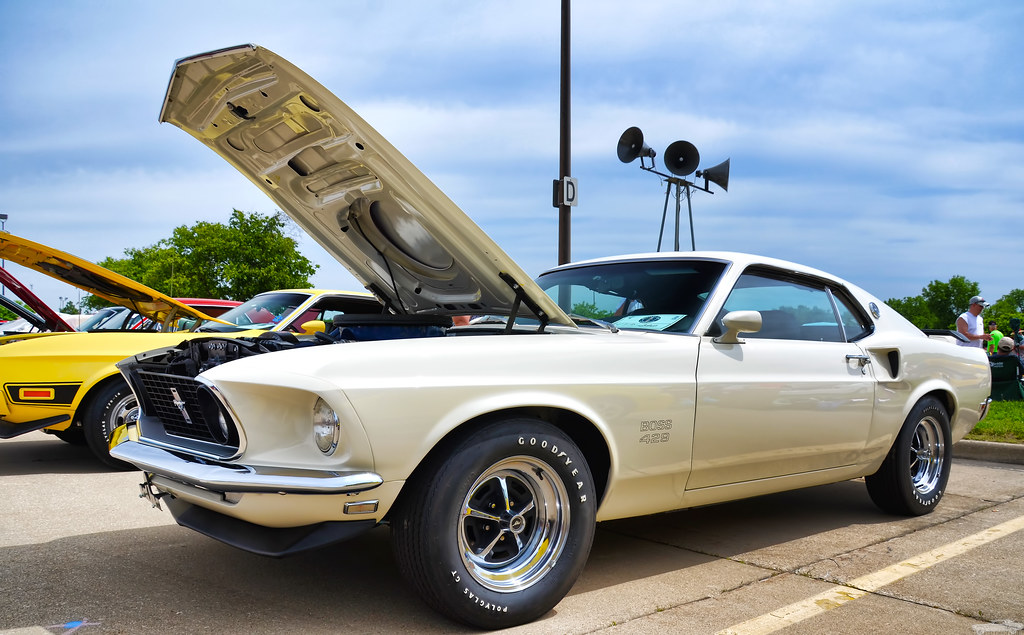
12. **Narrowing Vehicle Diversity: Lack of Sedans and Compact Cars**One of the most significant shifts in Ford’s North American strategy has been its decision to discontinue the majority of its sedan and compact car models, fundamentally altering its vehicle diversity. This strategic pivot, which saw the popular Focus, Fusion, and Taurus models phased out, has left a substantial void in Ford’s lineup. For a significant segment of the car-buying market, this narrowing focus on trucks and SUVs presents a considerable limitation, effectively alienating many potential customers who prefer smaller, more fuel-efficient, or traditionally styled vehicles.
This lack of compact and sedan options is particularly problematic in urban areas, where larger SUVs and trucks can be less practical to maneuver and park. City dwellers often prioritize nimble dimensions, better fuel economy, and a lower overall footprint, all attributes that traditional sedans and compact cars excel at providing. Ford’s current lineup, while strong in larger segments, struggles to meet these specific urban consumer needs, pushing these buyers towards competitors.
Moreover, the discontinuation of these more affordable models has a direct impact on budget-conscious buyers. Sedans and compact cars traditionally offer lower entry prices, making them accessible choices for first-time car owners, those on tighter budgets, or individuals simply seeking economical transportation. By largely abandoning these segments, Ford has removed itself from contention for a significant portion of the market that prioritizes affordability and practicality over the larger capacities of trucks and SUVs.
While Ford has committed to electrification with models like the Mustang Mach-E and F-150 Lightning, their electric lineup still remains limited, particularly in smaller body styles. The absence of a compact electric car for urban commuters, for instance, is a notable gap when compared to rivals. This overall narrowing of vehicle diversity means that many consumers, especially those with specific needs for smaller, more efficient, or economically priced vehicles, might find Ford’s current offerings insufficient and will be compelled to explore other brands that continue to cater to these crucial market segments.
While Ford undoubtedly boasts a formidable presence in the automotive world, backed by a strong heritage and an impressive lineup of trucks and SUVs, a thorough examination reveals several recurring issues that prospective buyers should seriously consider. From the historical burden of frequent recalls and the strategic decision to narrow vehicle diversity by abandoning popular sedans and compact cars, to concerns regarding limited driver assistance features in lower trims, underpowered engines in certain segments, uninspiring driving dynamics, and lingering safety concerns, a pattern emerges.
Car Model Information: 2017 Ford Focus ST Base
Name: Ford Focus
Caption: 2018 Ford Focus ST-Line X
Manufacturer: Ford Motor Company
Production: 1998–2025
Class: Small family car
BodyStyle: hatchback
Layout: Front-engine, front-wheel drive,Front-engine, four-wheel-drive
Predecessor: Ford Escort (Europe)
ModelYears: 2000–2018 (North America)
Categories: 2000s cars, 2010s cars, 2020s cars, All articles with specifically marked weasel-worded phrases, All articles with unsourced statements
Summary: The Ford Focus is a compact car (C-segment in Europe) manufactured by the Ford Motor Company from 1998 until 2025. It was created under Alexander Trotman’s Ford 2000 plan, which aimed to globalize model development and sell one compact vehicle worldwide. The original Focus was primarily designed by Ford of Europe’s German and British teams. Production of the fourth generation Focus began in 2018 in Germany and China. In 2025, Ford announced that the Focus will no longer be built, in line with an announcement made in 2022.
Get more information about: Ford Focus
Buying a high-performing used car >>>
Brand: Ford Model: Focus
Price: $15,985 Mileage: 97,277 mi.
This detailed analysis, presented in the spirit of empowering consumers, underscores that Ford ownership, while offering many compelling advantages, also comes with a distinct set of potential challenges. By understanding these nuances—from the intricacies of engine performance to the broader implications of safety ratings and market strategy—buyers can approach their next vehicle purchase with a truly informed perspective. Ultimately, making a well-considered decision means weighing these factors against individual needs and priorities, ensuring that the chosen vehicle genuinely serves as a reliable and satisfactory investment for years to come.




